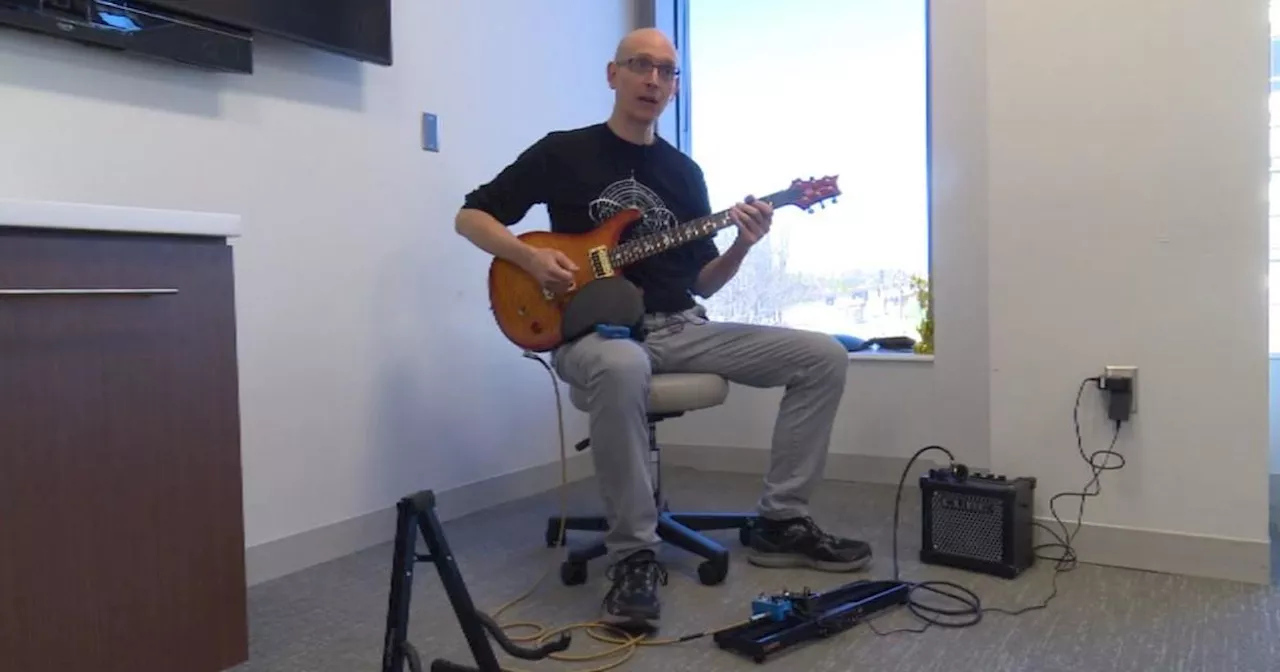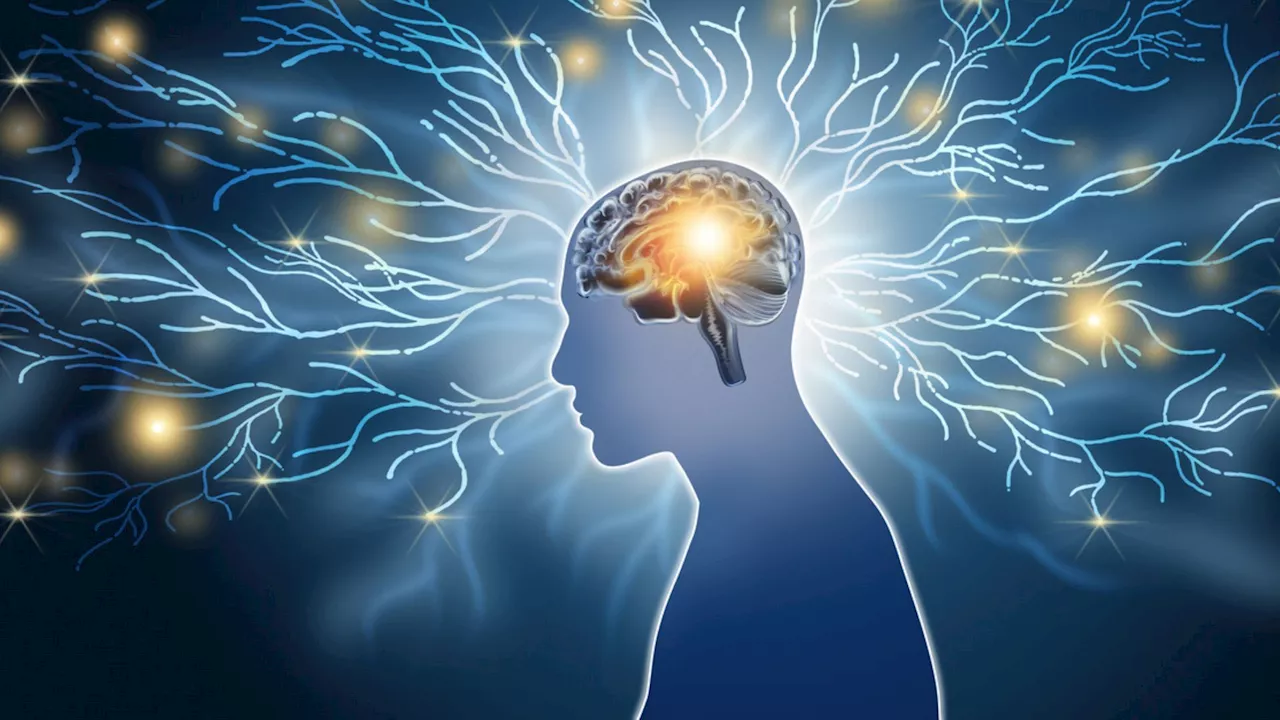New research using electrical brain stimulation has enabled two patients with paralysis to temporarily regain their sense of touch, even feeling textures, edges, and motion. This breakthrough uses implanted electrodes to stimulate specific brain regions, mimicking the sensations of holding objects and controlling a robotic arm.
New research could soon help patients suffering from years of paralysis once again feel the shape of an object. This accomplishment is a massive leap forward for electrical brain stimulation and has helped two patients temporarily regain their sense of touch. Previous attempts to restore touch through brain stimulation have been limited to simple contact sensations—essentially, the difference between touching and not touching something.
With the implants in place, the participants regained their sense of touch temporarily and could feel as though they were holding familiar objects, such as a can or pen. The stimulation even mimicked the sensation of motion across their fingers. The researchers tested the implants further by connecting electrodes to a robotic arm controlling a virtual car steering wheel.
Brain Stimulation Paralysis Sensory Restoration Robotics Spinal Cord Injuries
United States Latest News, United States Headlines
Similar News:You can also read news stories similar to this one that we have collected from other news sources.
 Music Instructor Overcomes Essential Tremor with Deep Brain StimulationMatt O'Brien, a music instructor, struggled for years with essential tremor, a movement disorder that made playing his guitar nearly impossible. Deep brain stimulation surgery has given him remarkable control over his tremors, allowing him to pursue his passion again.
Music Instructor Overcomes Essential Tremor with Deep Brain StimulationMatt O'Brien, a music instructor, struggled for years with essential tremor, a movement disorder that made playing his guitar nearly impossible. Deep brain stimulation surgery has given him remarkable control over his tremors, allowing him to pursue his passion again.
Read more »
 Music Restored: Man's Tremors Controlled by Deep Brain StimulationMatt O'Brien, a music instructor, battled essential tremor for years, making even simple tasks difficult. Thanks to deep brain stimulation surgery, he's regained control of his movements and can now play his guitar again.
Music Restored: Man's Tremors Controlled by Deep Brain StimulationMatt O'Brien, a music instructor, battled essential tremor for years, making even simple tasks difficult. Thanks to deep brain stimulation surgery, he's regained control of his movements and can now play his guitar again.
Read more »
 Ultrasound Brain Stimulation Shows Promise for Treating Mental Health ConditionsA new National Health Service (NHS) trial is exploring the use of ultrasound to directly influence brain activity and treat mental health conditions like depression and anxiety. The trial will evaluate a brain-computer-interface (BCI) device that uses ultrasound to both monitor and stimulate specific clusters of neurons. If successful, this non-invasive approach could revolutionize the treatment of mental health disorders.
Ultrasound Brain Stimulation Shows Promise for Treating Mental Health ConditionsA new National Health Service (NHS) trial is exploring the use of ultrasound to directly influence brain activity and treat mental health conditions like depression and anxiety. The trial will evaluate a brain-computer-interface (BCI) device that uses ultrasound to both monitor and stimulate specific clusters of neurons. If successful, this non-invasive approach could revolutionize the treatment of mental health disorders.
Read more »
 Bacteria Found Thriving in Fish Brains, Raising Questions About Human MicrobiomeRecent research has provided compelling evidence that bacteria can exist in the brains of healthy vertebrates, specifically fish. This challenges the long-held belief that the brain is protected from outside microbial invasion by the blood-brain barrier. The study, published in Science Advances, found diverse communities of bacteria in the brains of salmon and trout, with some species showing adaptations to survive in brain tissue and cross the blood-brain barrier. While fish physiology differs from humans, this discovery raises intriguing possibilities about the existence of a human brain microbiome and its potential impact on neurobiology.
Bacteria Found Thriving in Fish Brains, Raising Questions About Human MicrobiomeRecent research has provided compelling evidence that bacteria can exist in the brains of healthy vertebrates, specifically fish. This challenges the long-held belief that the brain is protected from outside microbial invasion by the blood-brain barrier. The study, published in Science Advances, found diverse communities of bacteria in the brains of salmon and trout, with some species showing adaptations to survive in brain tissue and cross the blood-brain barrier. While fish physiology differs from humans, this discovery raises intriguing possibilities about the existence of a human brain microbiome and its potential impact on neurobiology.
Read more »
 Brain Age Gap Linked to Health and Lifestyle FactorsA Swedish study suggests that the difference between a person's predicted brain age and their actual age (brain age gap) can be a valuable indicator of brain health. Researchers found that an older-looking brain was associated with higher inflammation, glucose levels, and cerebrovascular disease risk. Lifestyle factors like physical activity, stroke history, and diabetes also played a role.
Brain Age Gap Linked to Health and Lifestyle FactorsA Swedish study suggests that the difference between a person's predicted brain age and their actual age (brain age gap) can be a valuable indicator of brain health. Researchers found that an older-looking brain was associated with higher inflammation, glucose levels, and cerebrovascular disease risk. Lifestyle factors like physical activity, stroke history, and diabetes also played a role.
Read more »
 Vagus Nerve Stimulation Shows Promise for Treating Severe DepressionA study suggests that stimulating the vagus nerve, which connects the brain to major organs, could be a viable treatment option for individuals with severe depression who haven't responded to traditional therapies. While initial results were mixed, the study showed potential in alleviating the mental paralysis often associated with major depression.
Vagus Nerve Stimulation Shows Promise for Treating Severe DepressionA study suggests that stimulating the vagus nerve, which connects the brain to major organs, could be a viable treatment option for individuals with severe depression who haven't responded to traditional therapies. While initial results were mixed, the study showed potential in alleviating the mental paralysis often associated with major depression.
Read more »
